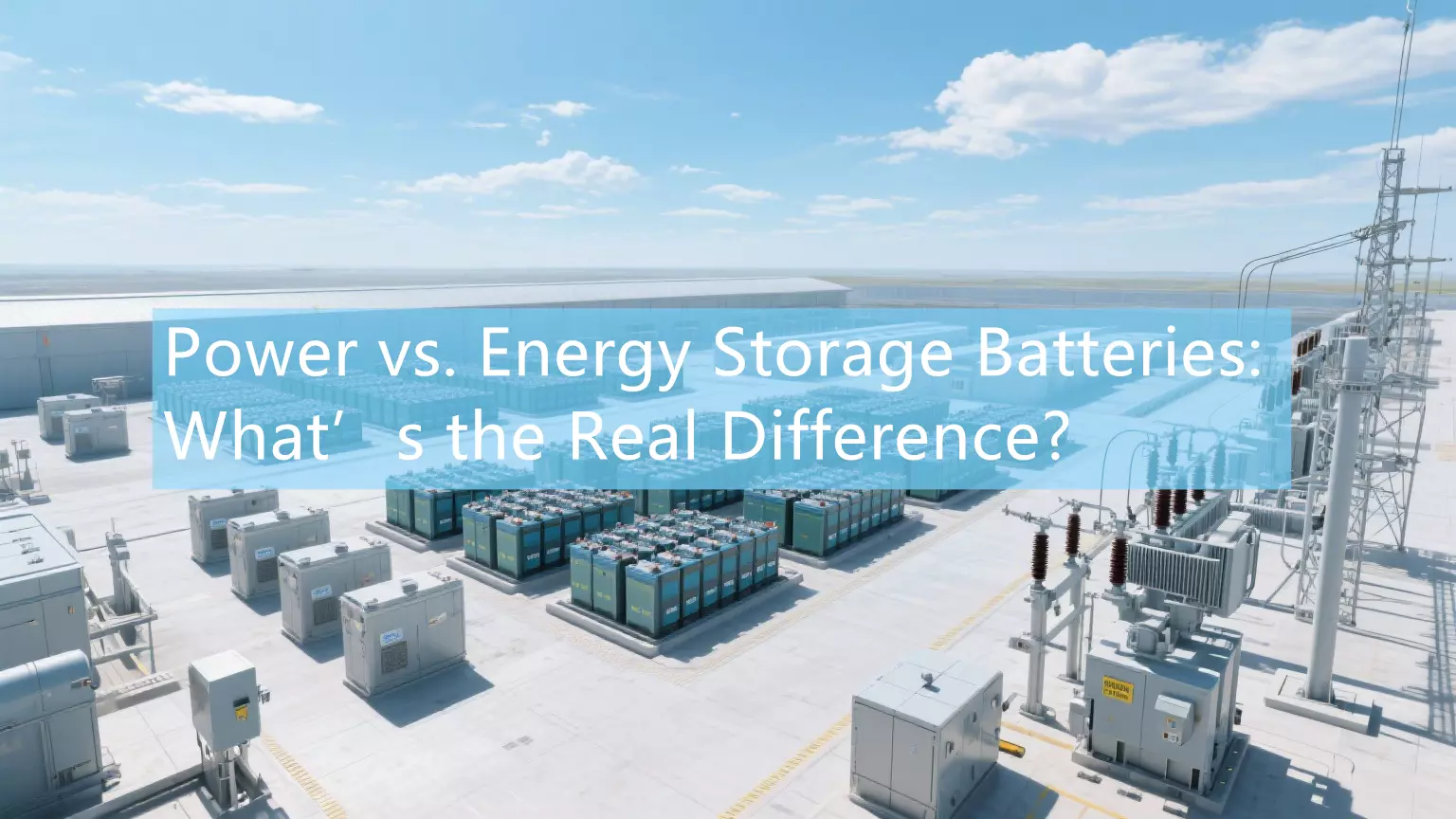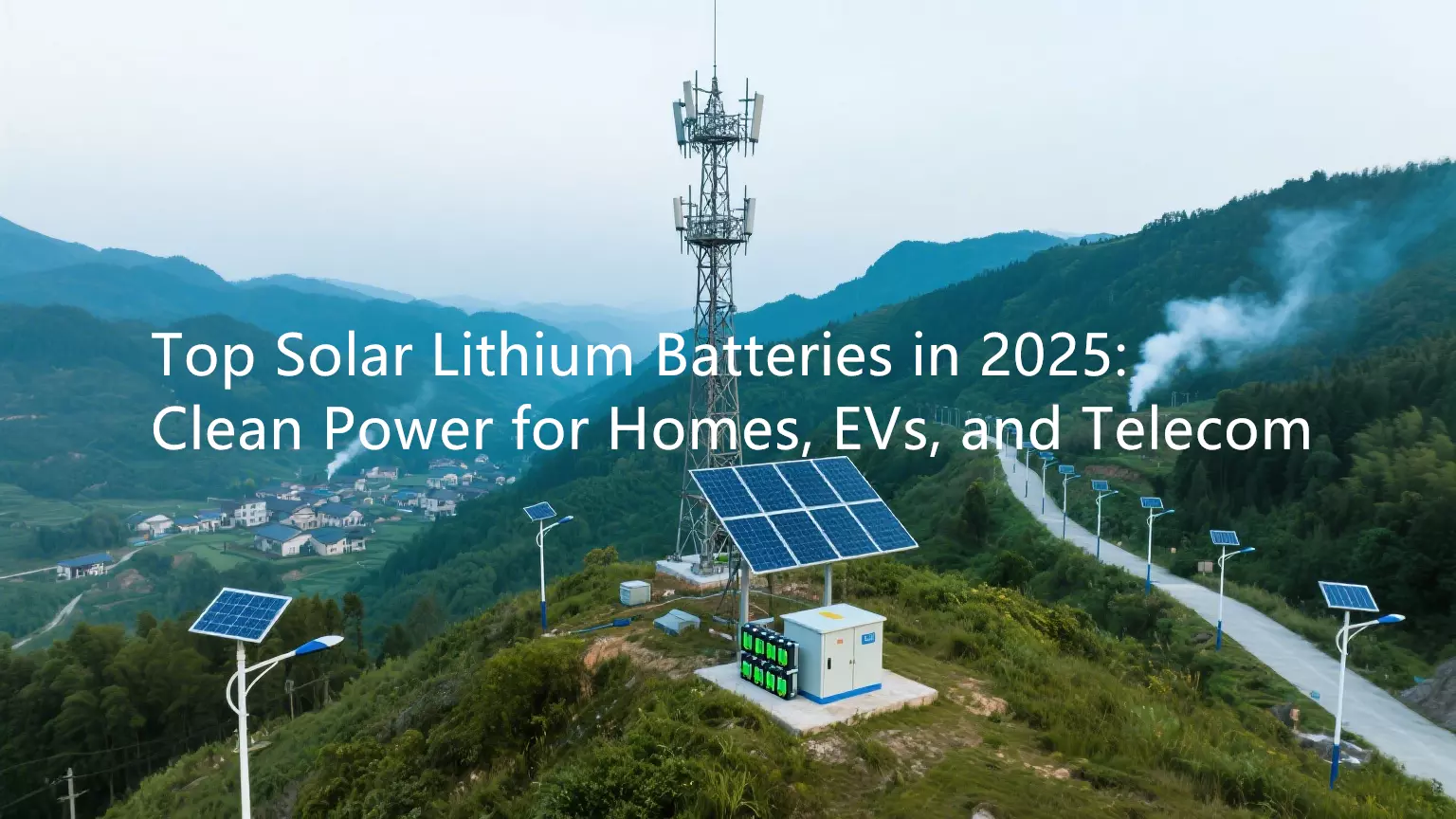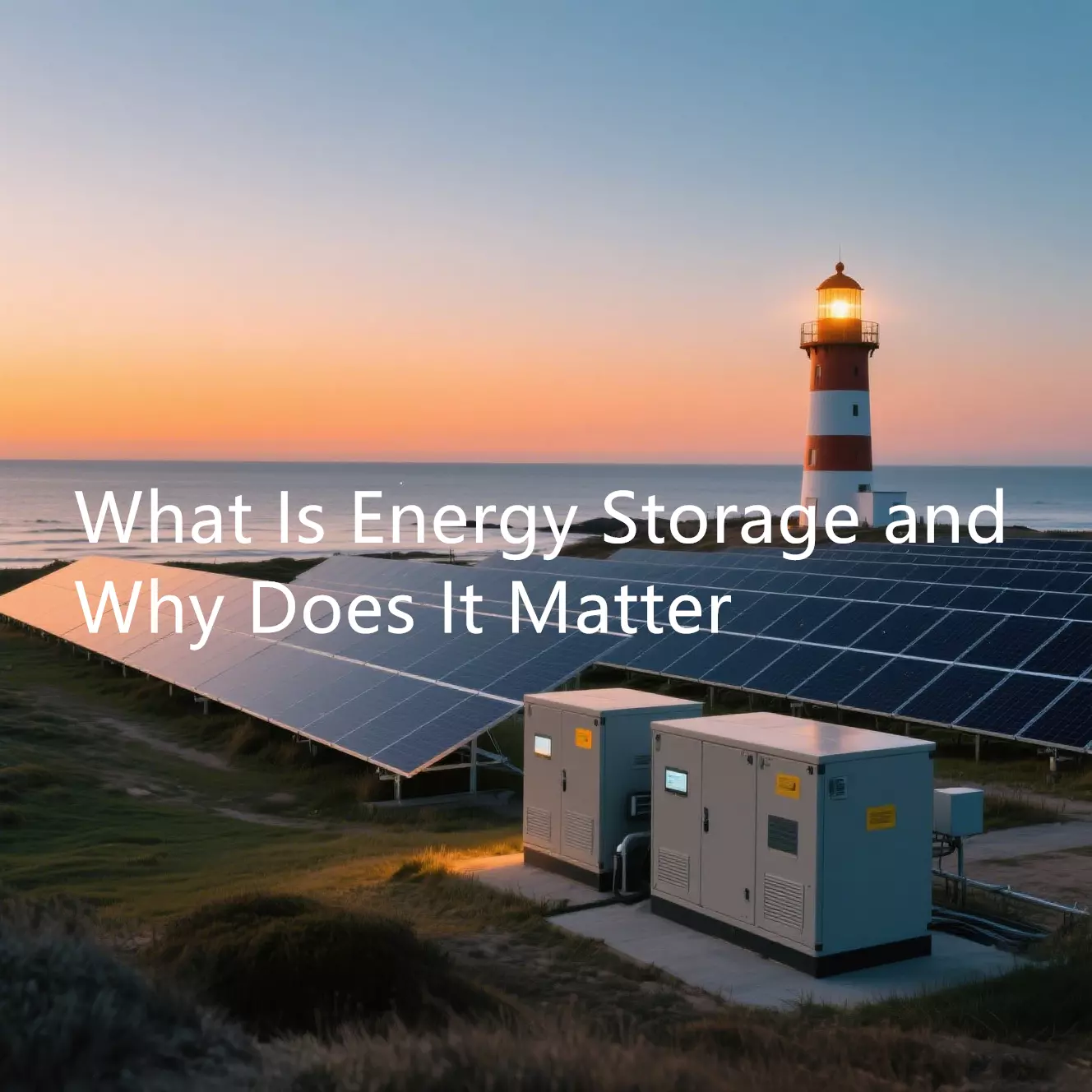
Modern photovoltaic systems powering homes and businesses worldwide
Photovoltaic (PV) technology, once a niche scientific breakthrough, is now central to the global clean energy revolution. Since the creation of the first practical solar cell in 1954, solar energy has evolved from space satellite systems to large-scale infrastructure that powers homes, industries, and even entire cities. This comprehensive guide explores:
- How PV systems convert sunlight to electricity
- Where solar power is making the biggest impact
- Why solar has become essential for a sustainable future
- What breakthroughs are coming next
1. How Photovoltaics Work: The Science Behind Solar
The Photovoltaic Effect Explained
PV technology relies on the photovoltaic effect—when sunlight strikes a solar cell (typically made from silicon), photons energize electrons, creating a flow of electricity in the form of direct current (DC). This clean, emission-free process is the foundation of all solar energy systems.
Key Components of a Solar Power System
- Solar Panels: Convert sunlight to electricity. Common types include:
- Monocrystalline (high efficiency but expensive)
- Polycrystalline (cost-effective balance)
- Thin-film (lightweight and flexible)
- Perovskite (emerging high-efficiency technology)
- Charge Controller: Regulates power flow to prevent battery damage
- Inverter: Transforms DC electricity into alternating current (AC) for household use
- Battery Storage: Stores excess energy for later use (optional but increasingly common)
Historical Milestones in Solar Technology
- 1954: Bell Labs creates first practical silicon cell with 6% efficiency
- 1970s: Solar begins powering satellites and space missions
- 2000s: Germany's feed-in tariffs spark global solar adoption
- 2023: Global installed PV capacity exceeds 1.5 terawatts (TW)
- China leads with over 450 GW capacity, including major projects like the "Village Electrification Program"
2. PV Applications Across Industries
Utility-scale solar farms now compete with traditional power plants
Residential and Off-Grid Solutions
- Home Solar Systems: Germany and California lead in rooftop solar adoption with storage solutions
- Off-Grid Access: Brings power to remote areas; China's PV poverty programs reached millions
Commercial and Industrial Scale
- Utility-Scale Plants: China's 2.2 GW Talatan facility and U.S. Topaz Solar Farm demonstrate grid-scale potential
- Corporate Rooftops: Amazon, Tesla and others reduce costs and emissions with on-site solar
Innovative Dual-Use Systems
- Agrivoltaics: Combining agriculture with solar in projects like Gansu and Shandong greenhouses
- Infrastructure Integration: Solar highways (France) and EV charging stations
Specialized Applications
- Space Technology: Powering satellites and space stations
- IoT & Remote Systems: Communication towers and microgrids in off-grid locations
3. Why Photovoltaics Are Essential for Our Future
| Advantage | Impact |
|---|---|
| Low Emissions | 1 GW of solar avoids ~800,000 tons of CO₂ annually—equal to planting 45 million trees |
| Durability | 25–30 year lifespan with minimal maintenance required |
| Scalability | From small rooftop systems to multi-gigawatt power plants |
| Cost Efficiency | Prices dropped over 80% in 10 years; now cheaper than coal in most markets |
| Policy Support | 130+ countries have clean energy targets; major investments in solar expansion |
4. The Future of Solar Power: What's Coming Next
Emerging Technologies
- Next-Gen Solar Cells: Perovskite-silicon tandem cells approaching 40% efficiency
- PV + Storage: Projects like California's 1.2 GW Vistra ensure 24/7 clean power
- Building-Integrated PV (BIPV): Solar windows, facades and roofing materials
- Smart Energy Systems: AI optimization and blockchain-enabled peer-to-peer energy trading
Conclusion: Solar Energy at the Heart of a Sustainable Future
Photovoltaic technology has evolved from scientific theory to a global solution for climate action. Its unique combination of scalability, affordability and versatility makes it ideal for decarbonizing our energy systems. As innovation accelerates, PV is transforming from a clean power option into the backbone of tomorrow's energy infrastructure.
With continuous improvements in efficiency, storage and integration, solar power is poised to meet an ever-growing share of global energy demand while reducing our environmental impact.





